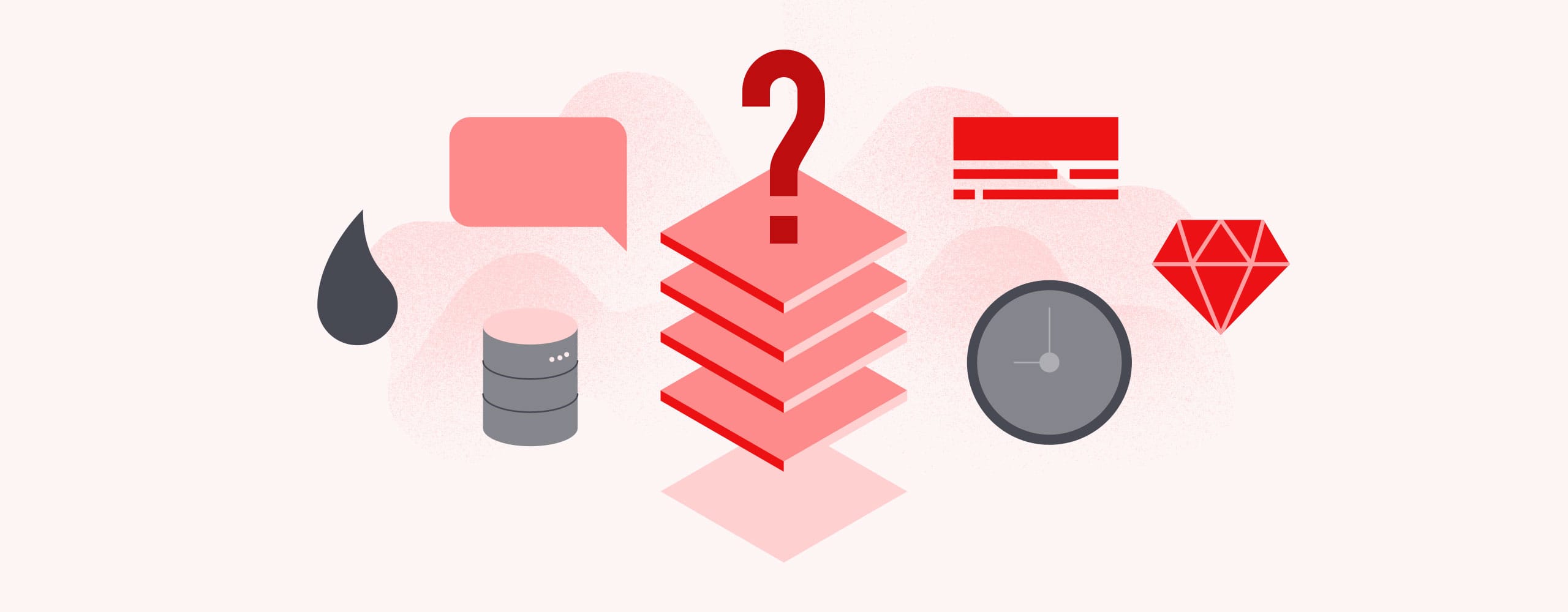The technology stack remains a key issue in almost every kind of application you build. Projected bandwidth demand, Web app type, business goals, potential extensibility—all these variables have to be taken into account when considering the technology stack for your HR software.
The process of choosing the tech stack is no different when it comes to HR software development and is equally important to its future commercial success. Applications in that particular niche have specific demands that can best be met by a suitable composition of technology components.
Please note, however, that not all HR applications require equal scrutiny when it comes to their tech stacks. Simple apps that cater to a small user base and pack only a handful of features will most likely do well with whatever stack that adequately matches those needs.
Choosing a Technology Stack for HR Software
So what kind of tech stack would be suitable for a complex multi-user HR application? Before answering that question, we have to analyze the most important characteristics of those apps and then cross-check them against technologies able to meet these demands.
Looking at the popular HR tech applications, such as Workday, Harvest, or Zoho Recruit, we’ll see that they all exhibit a similar blend of features and characteristics:
- Serving hundreds of users simultaneously
- High availability to employees, especially true for global companies with international systems
- Scalable to accommodate a growing number of employees
- Low latency and ability to handle high traffic
- Ability to collect data from multiple sources
- Ability to integrate with various external systems or applications
- Broad range of features
#hr software #hrtech #development #hr applications
